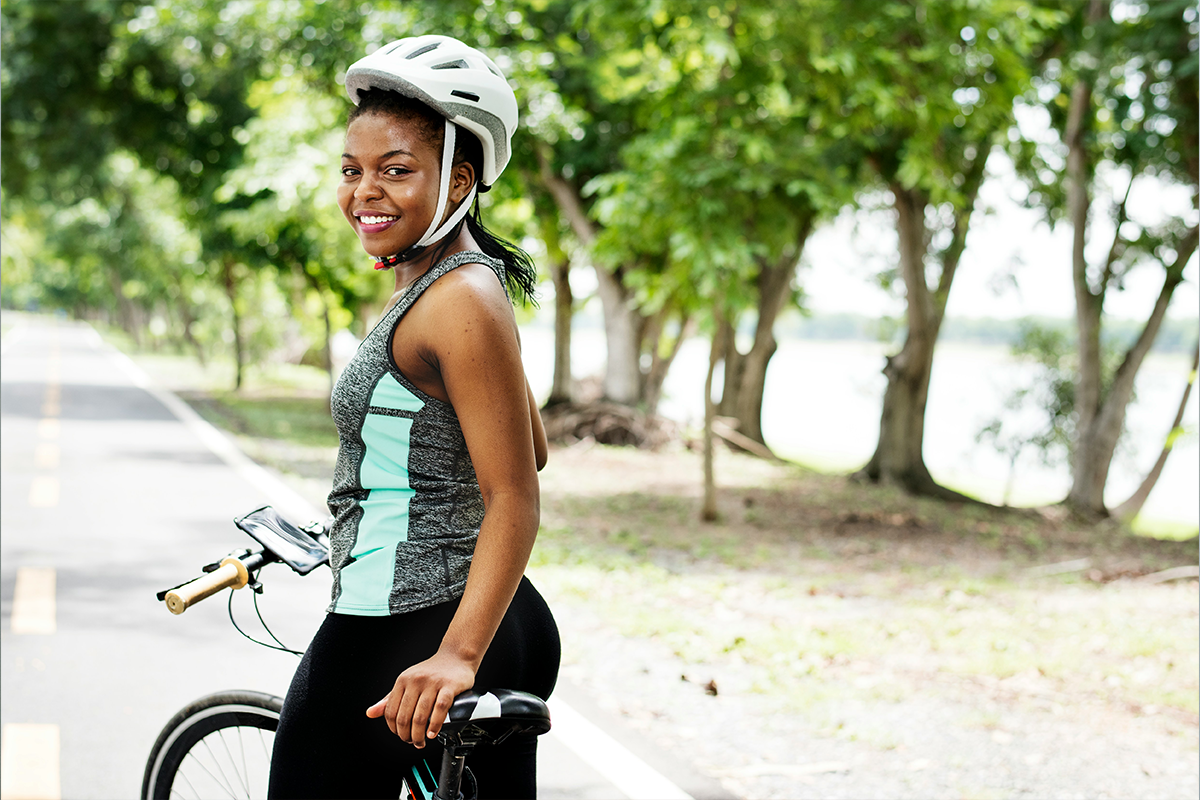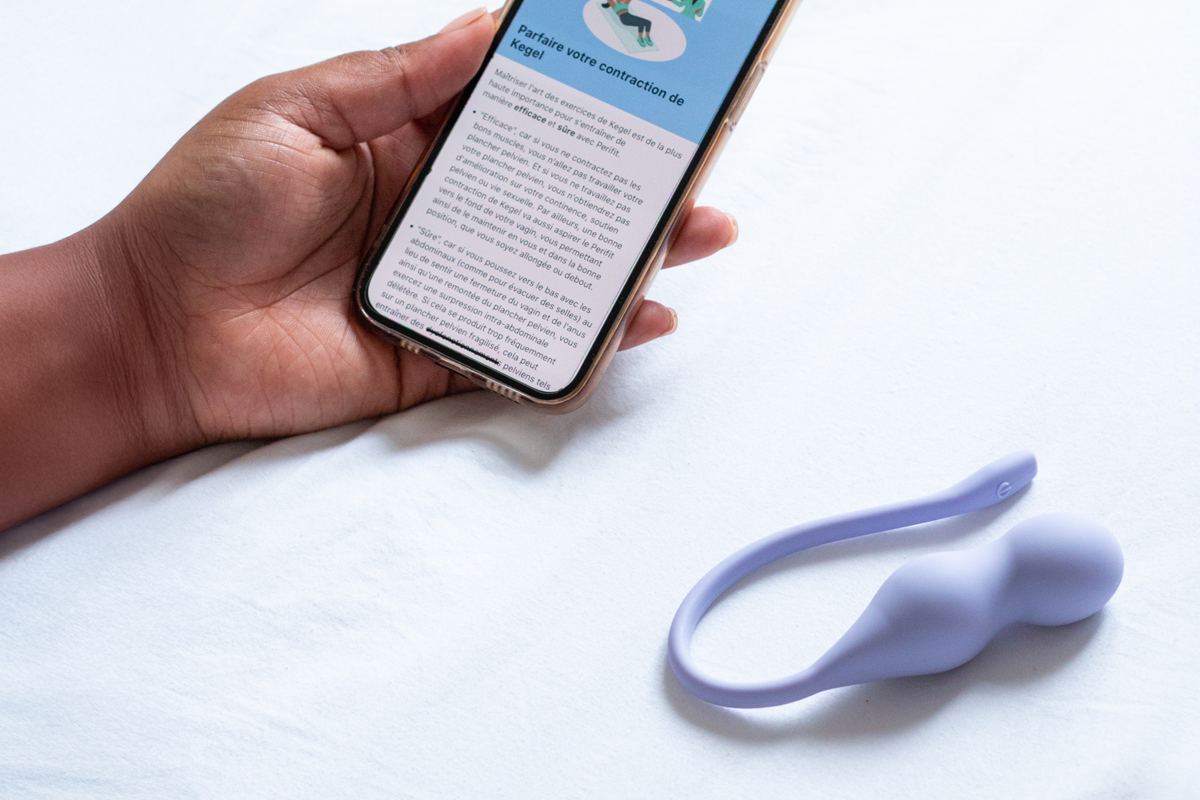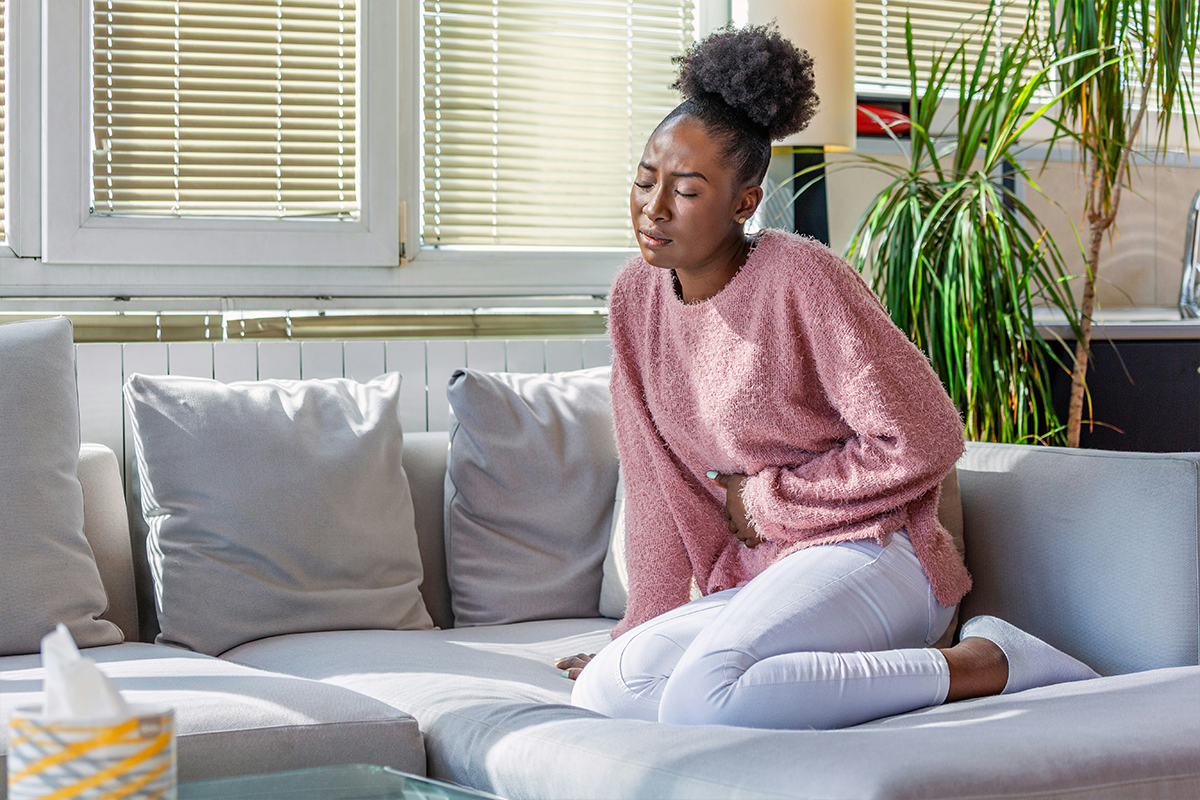When you embark on a cycling journey, you might find yourself pondering its effects on your pelvic floor health. This article invites you to explore the intricate relationship between cycling and the pelvic floor, a topic of growing interest among diverse communities. Whether you are experiencing discomfort or simply seeking information to ensure a safe and enjoyable ride, understanding how cycling impacts this vital aspect of your health is crucial. We delve into the latest research and provide practical tips to help you maintain pelvic floor well-being while enjoying the freedom and exhilaration that cycling offers.
How does cycling affect the pelvic floor?
The pelvic floor is a group of muscles that support the pelvic organs, including the bladder, bowel, and uterus in women. Cycling can impact these muscles in both positive and negative ways, depending on various factors.
Potential negative impacts of cycling on pelvic floor health:
- Increased pressure and compression on the pelvic floor muscles due to the seated position and repetitive pedaling motion.
- Exacerbating pelvic organ prolapse in severe cases, especially with women who have weakened pelvic floor muscles due to increased intra-abdominal pressure or prolonged pressure can increase prolapse symptoms.
- Potential discomfort, pain, or strain in the pelvic floor region during or after cycling.
Potential positive impacts of cycling on pelvic floor health:
- The Low-impact nature of cycling can help strengthen your lower extremities while engaging core stabilization. This will indirectly benefit pelvic floor strength when practicing good posture and core engagement.
- Regular cycling can enhance overall fitness and promote weight management, which indirectly supports pelvic floor health.
💡 It's important to note that the impact of cycling on the pelvic floor can vary significantly among individuals, depending on factors such as cycling posture, bike fit, intensity, duration, and pre-existing conditions.
Proper bike setup, incorporating pelvic floor exercises, and seeking professional guidance can help mitigate potential risks and maximize the benefits of cycling for pelvic floor health.
Signs of pelvic floor dysfunction from cycling
Urine Leakage
Cycling is a great way to stay fit, but for some, it may come with unintended consequences such as urine leakage. This condition, known as stress urinary incontinence, can occur when the repeated pressure from cycling leads to weakened pelvic floor muscles. These muscles are essential for bladder control, and even small lapses in their ability to contract properly can result in leakage, especially under physical stress.
Pelvic pain or discomfort
Experiencing pelvic pain or discomfort while cycling can often be attributed to poor bike fit or seating style.
The wrong saddle design, especially those with cut-outs (when not fit properly to the cyclist), can lead to increased pressure points, resulting in pain or tingling sensations.
Over time, this can exacerbate muscle tension or create muscular imbalances, further contributing to pelvic floor dysfunction as emphasized by studies. (1)
Muscle tightness and dysfunction
💡 Prolonged cycling can lead to tight pelvic floor muscles due to the sustained pressure and repetitive motion involved in the activity.
The seated position on a bike saddle, especially during long rides, increases tension and tightness in the pelvic floor muscles, which can result in muscle dysfunction and discomfort. This tightness may manifest as pain, numbness, or difficulty with muscle relaxation and contraction, and it can contribute to broader pelvic floor dysfunction, including urinary or sexual issues.
Numbness in the perineal area
Cyclists may also face numbness in the perineal area due to sustained pressure against the pelvic region.
💡 This numbness can decrease overall sensitivity and lead to discomfort.
Repeated exposure without proper intervention may cause more severe neuromuscular issues, making it important to adjust cycling habits and equipment accordingly to mitigate such effects.
Sexual dysfunction
Sexual dysfunction in cyclists may arise from similar underlying issues affecting the pelvic floor.
💡 Muscle imbalances or neuropathies (nerve damage/compression) stemming from poor cycling posture and inadequate support can interfere with sexual function.
Addressing these through pelvic floor muscle exercises and adjusting cycling ergonomics can alleviate these symptoms and improve overall quality of life as reported by continuous research. (2)
How to protect your pelvic floor while cycling?
Ensure proper bike fit and saddle selection
A properly fitting bike is a cornerstone in protecting your pelvic floor health during cycling.
Begin by ensuring that your saddle is neither too high nor too low, which can lead to undue pressure on your pelvic region. Choose a saddle that suits your body structure, ideally one that provides ample support to the sit bones and reduces pressure on soft tissues. Saddles with a center cutout or those designed specifically to alleviate pressure can significantly enhance comfort on long rides.
Incorporate standing breaks in your routine
While cycling, the seated position can exert constant pressure on the pelvic region. To mitigate potential strain, incorporate intervals of standing while pedaling.
Frequently rising from the saddle not only alleviates pressure but also improves circulation, giving your pelvic floor a much-needed respite. It might be helpful to plan these breaks at regular intervals to balance comfort and endurance.
Adjust posture and handlebar height
Your cycling posture significantly influences pelvic floor comfort. Adjust the handlebars so you can maintain an upright posture without excessive bending at the waist, which can intensify pelvic pressure.
Using a handlebar height that supports a neutral spine helps promote a healthy relationship between the pelvic floor and posture, making rides smoother and less stressful on your body overall.
Invest in padded shorts
Padded cycling shorts can be a game-changer when it comes to preserving pelvic floor health. These shorts provide extra cushioning that absorbs shocks and minimizes friction during your rides.
By neutralizing pressure points and enhancing comfort, padded shorts are an essential consideration for those looking to cycle harmoniously with their pelvic health.
💡 Implementing these strategies can make a significant difference in how cycling impacts your pelvic floor, ensuring that your passion for cycling is both enjoyable and beneficial to your overall well-being.
Are there pelvic floor exercises specifically for cyclists?
Kegels for cyclists
- Identify your pelvic floor muscles by trying to stop your urine flow midstream. Once you've located these muscles, release and continue urinating.
- Begin by contracting your pelvic floor muscles, holding the contraction for 5 seconds, then relax for 5 seconds. Repeat this 10-15 times.
- As you gain strength, increase the hold time to 10 seconds, and perform 2-3 sets of 10-15 repetitions.
Please note this is a test and should not be done every time you use the restroom
Relaxation techniques
In addition to strengthening, relaxation is crucial for maintaining a healthy pelvic floor.
- After your ride, find a quiet space and sit comfortably with your feet flat on the floor.
- Inhale deeply through your nose, and as you exhale, visualize releasing tension from your pelvic region.
- Perform deep squats, keeping your heels on the ground and your chest upright. This helps relax the pelvic floor muscles.
- Lie on your back and practice pelvic tilts by gently tilting your pelvis upward and then releasing it back down.
Breathing coordination
Breathing plays a vital role in the overall function of the pelvic floor.
- While cycling, focus on deep, diaphragmatic breathing by expanding your abdomen as you inhale.
- Exhale fully, engaging your pelvic floor muscles as you breathe out.
- Coordinate your breathing with your pedal strokes, inhaling for two strokes and exhaling for two strokes.
- Maintain a steady, rhythmic breathing pattern throughout your ride.
Can a weak pelvic floor affect cycling performance?
Yes, a weak pelvic floor can indeed affect cycling performance. A strong and well-functioning pelvic floor is essential for maintaining optimal core stability, which is crucial for efficient power transfer from the legs to the pedals.
💡 When the pelvic floor muscles are weak, it can lead to a lack of support for the abdominal and lower back muscles, resulting in decreased stability and reduced cycling efficiency.
Additionally, a weak pelvic floor can contribute to discomfort or pain during cycling, particularly on longer rides. This discomfort may stem from increased pressure on the pelvic region due to the lack of muscular support, potentially leading to issues such as saddle discomfort, urinary incontinence, or pelvic organ prolapse in severe cases.
Should you stop cycling if I have pelvic floor issues?
No, you should not stop cycling altogether unless advised by a healthcare professional. With proper precautions and exercises, cycling can often be continued while addressing pelvic floor concerns.
Here are some quick tips:
- Adjust your bike fit to reduce pressure on the perineal area
- Wear padded cycling shorts for added comfort
- Take breaks during long rides to alleviate pressure
- Incorporate pelvic floor exercises into your routine to strengthen the muscles
- Consult a physical therapist for personalized guidance
In understanding the intricate relationship between cycling and pelvic floor health, you are empowered to make informed decisions about your well-being. Cycling offers numerous benefits, but it's crucial to listen to your body and take necessary precautions to ensure comfort and safety. By adopting proper techniques, utilizing supportive equipment, and integrating pelvic floor exercises into your routine, you can enjoy cycling while maintaining pelvic health. Remember, the journey to optimal health is personal and unique. Stay attentive to your body's signals and seek professional guidance if needed, ensuring that your cycling experience remains an enjoyable and healthful pursuit.
Sources:





